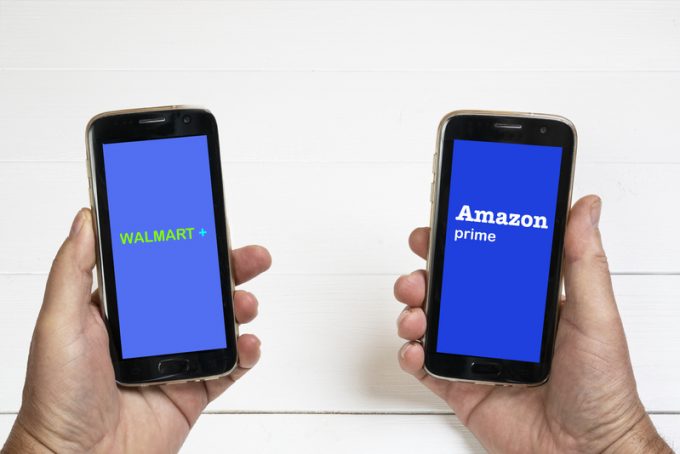Update from Amazon CEO Andy Jassy on Generative AI
Written by Andy Jassy, CEO of Amazon, and published today (17 June): (The message below was ...

The battle of the US retail behemoths is entering another round: Walmart has announced its delayed Plus service, which offers same-day delivery to online shoppers, will go live on 15 September.
For $98 a year, or $12.50 a month, subscribers can order from more than 160,000 ...
MSC switches two more Asia-Europe port calls from congested Antwerp
Front-loading frenzy has made traditional H2 peak season 'unlikely'
Tradelanes: Export boom in Indian sub-continent triggers rise in airfreight rates
Carriers introduce surcharges as congestion builds at African ports
Mexican airport modernisation plan unlikely to boost cargo facilities
Ports and supply chain operators weigh in on funding for CPB
Box ship overcapacity threat from carrier appetite for new tonnage
Tradelanes: Overcapacity on Asia-S America impacting alliances and rates

Comment on this article